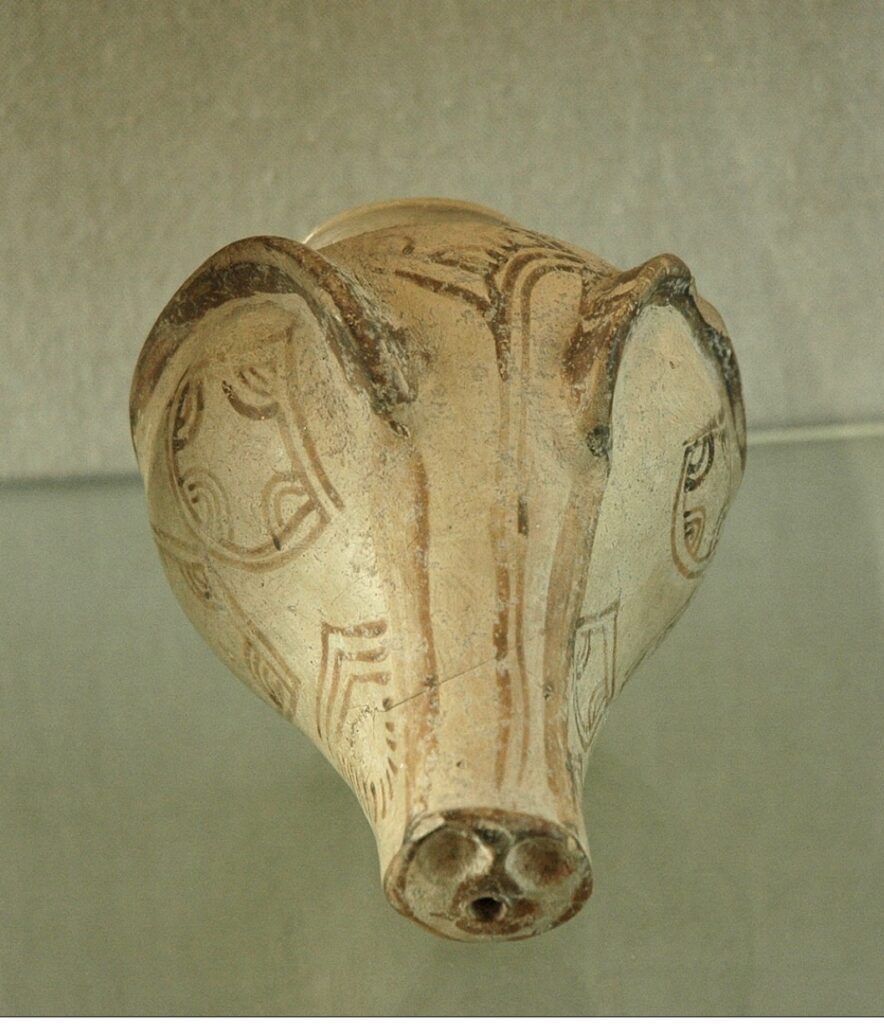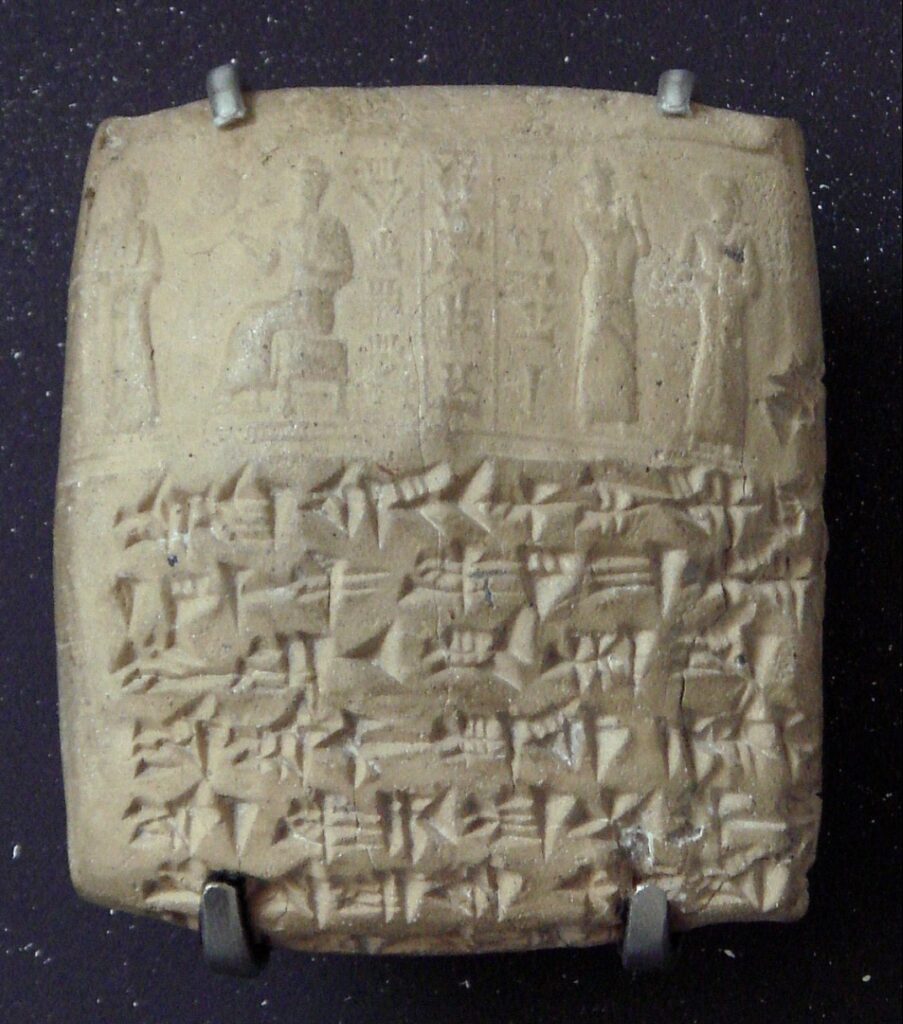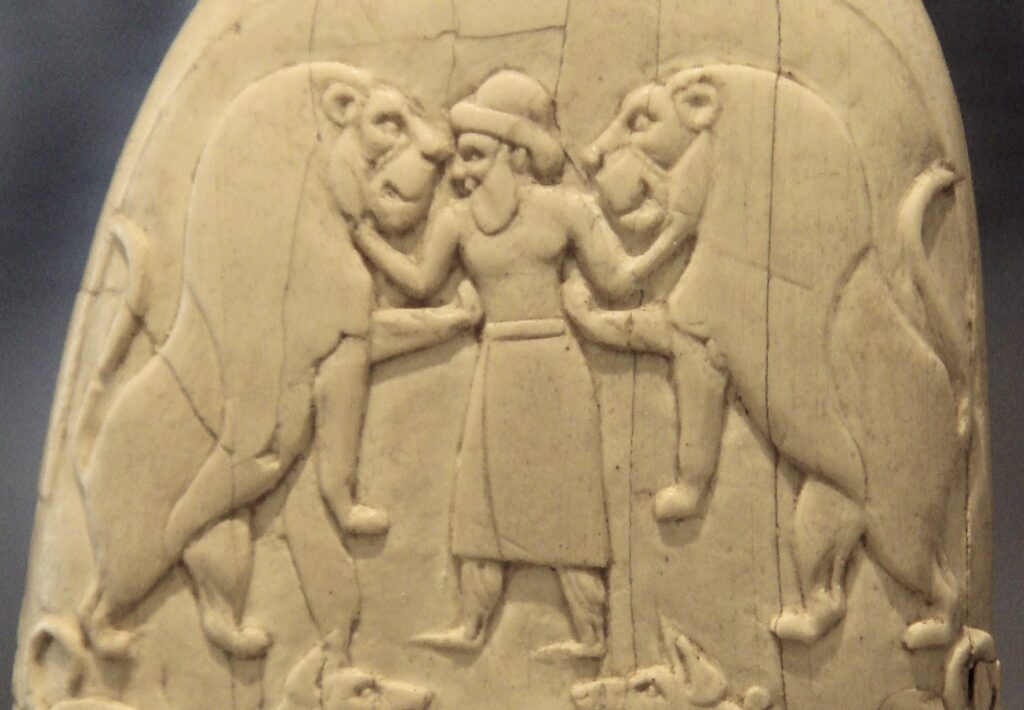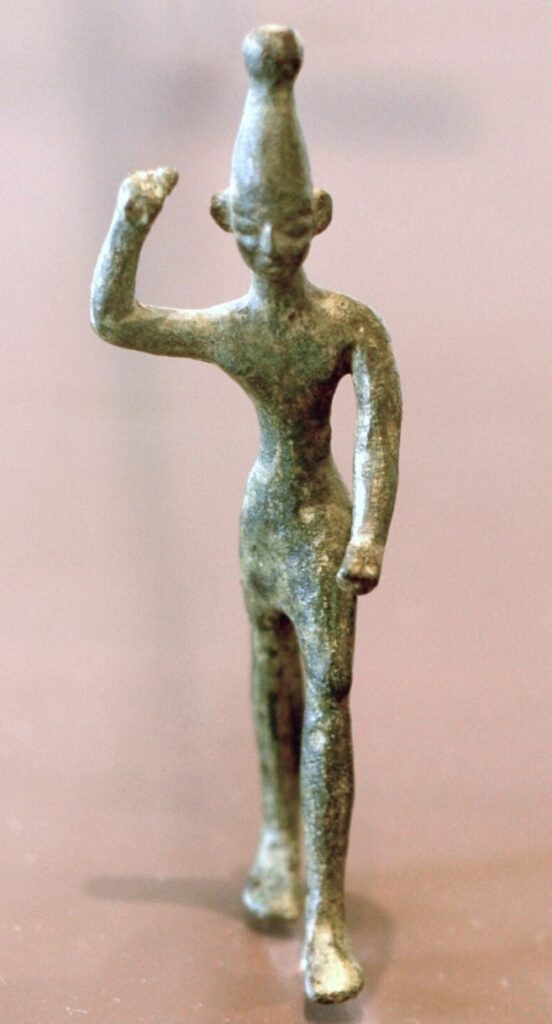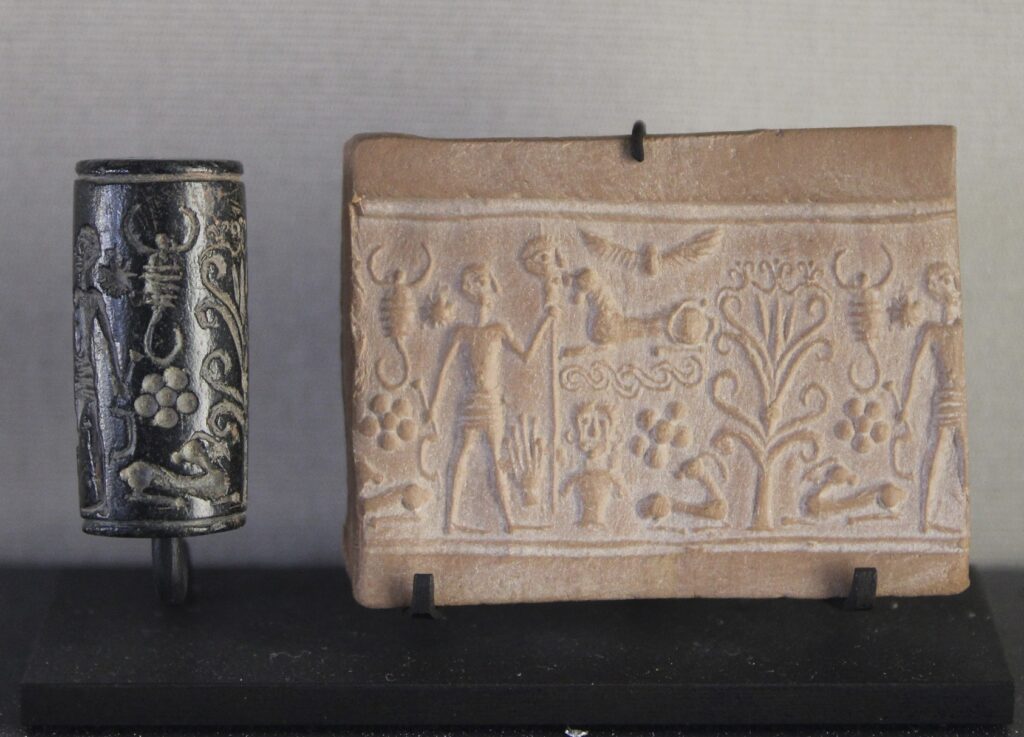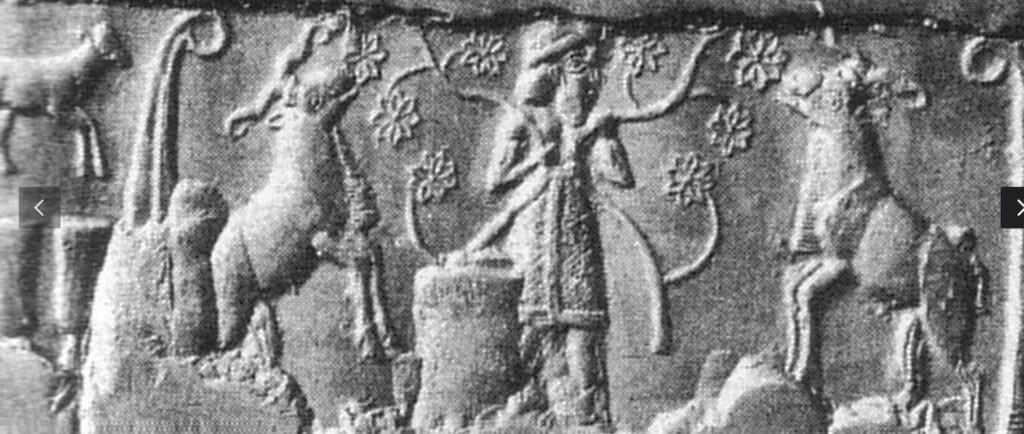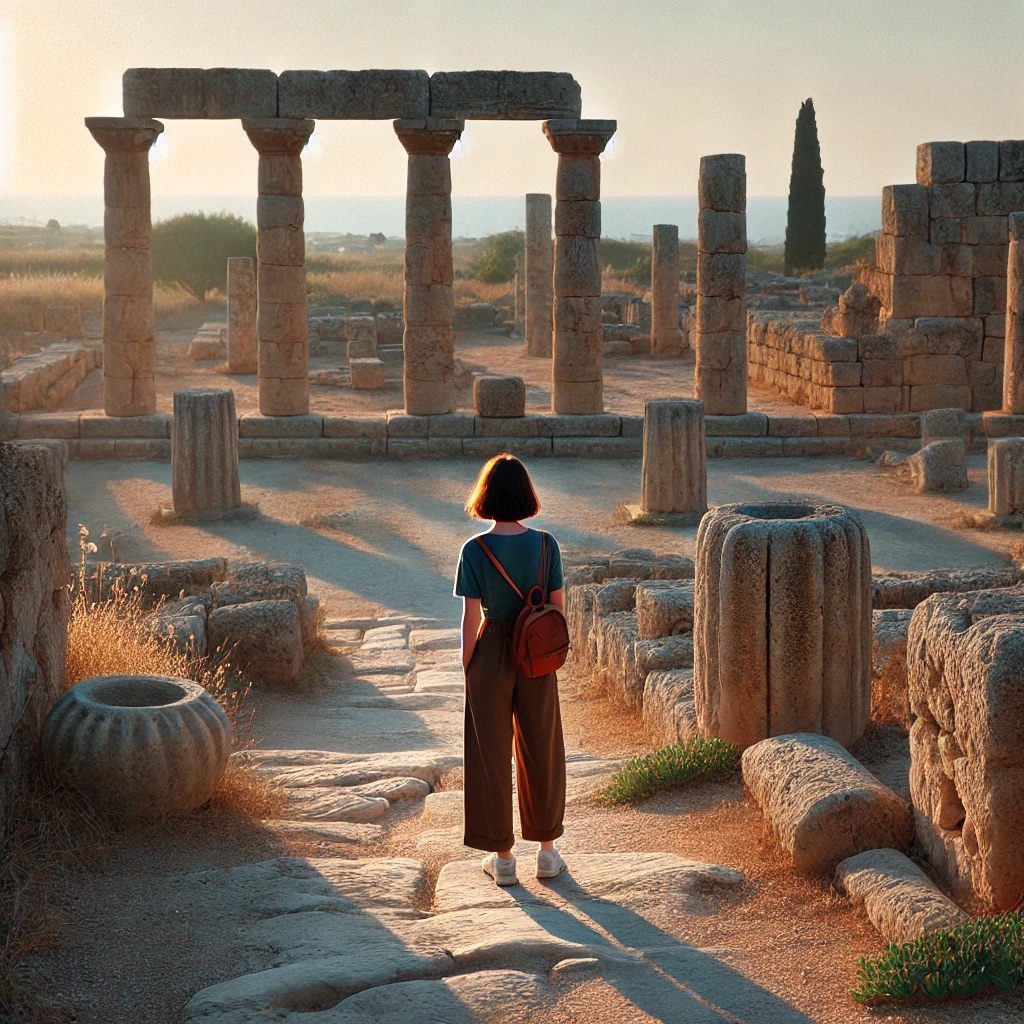ChatGPT:
Ugarit was an ancient port city located on the Mediterranean coast in what is now Syria. It flourished from around 1450 BCE until its destruction around 1200 BCE. Ugarit was a significant center of trade and culture, interacting with neighboring civilizations such as Egypt, the Hittite Empire, and Mycenaean Greece.
History
- Early Settlements: The site of Ugarit was occupied as early as the Neolithic period. It gained prominence in the second millennium BCE.
- Middle Bronze Age: Ugarit became a significant trade hub during this period, establishing connections with Egypt and Mesopotamia.
- Late Bronze Age: This was the city’s golden age. Ugarit became a wealthy and powerful kingdom under the rule of the Amorite kings.
- Destruction: Ugarit was destroyed around 1200 BCE, likely due to the widespread upheaval caused by the Sea Peoples and the collapse of Bronze Age civilizations in the Eastern Mediterranean.
Inventions and Contributions
- Alphabet: One of Ugarit’s most significant contributions was the development of an early alphabetic script, known as the Ugaritic alphabet. This script used a cuneiform style but represented individual consonant sounds, making it one of the earliest forms of alphabetic writing.
- Literature: Ugarit is known for its extensive library of cuneiform tablets, which include mythological texts, legal documents, and correspondence. Notable texts include the Baal Cycle, which provides insights into the religious beliefs and practices of the time.
- Trade and Commerce: Ugarit was a major trade center, and its strategic location facilitated the exchange of goods, ideas, and technologies between different cultures of the ancient world. The city traded commodities such as textiles, metals, and ceramics.
- Urban Planning: The city’s layout, with its well-organized streets, palaces, temples, and administrative buildings, reflects advanced urban planning and architectural skills.
Cultural Influence
Ugarit’s cultural and economic influence extended across the Mediterranean and Near East. Its contributions to writing, literature, and trade had a lasting impact on subsequent civilizations in the region. The discovery of Ugarit and its texts in the 20th century has provided valuable insights into the history and culture of the ancient Near East.
There are significant ruins of the ancient city of Ugarit that have been uncovered and can be visited today. The archaeological site includes:
- Palaces: The remains of several palaces have been found, including the Royal Palace, which served as the administrative and residential center of Ugarit’s kings. These structures provide insights into the architectural and administrative sophistication of the city.
- Temples: Ruins of several temples dedicated to various deities have been excavated. The most notable are the Temple of Baal and the Temple of Dagon, which were central to the city’s religious life.
- Residential Areas: Excavations have revealed well-planned residential quarters with houses, workshops, and storage facilities. These areas illustrate the daily life and urban organization of Ugarit’s inhabitants.
- Libraries: One of the most important discoveries at Ugarit is the extensive library of clay tablets written in cuneiform script. These tablets contain a wealth of information, including administrative records, legal texts, correspondence, and literary works.
- City Walls and Gates: Portions of the city’s defensive walls and gates have been uncovered, highlighting Ugarit’s strategic and military significance.
- Artifacts: Numerous artifacts, including pottery, tools, weapons, and jewelry, have been found, providing a glimpse into the material culture of Ugarit.
The site of Ras Shamra continues to be an important archaeological location, and ongoing excavations and research continue to uncover new aspects of Ugarit’s history and culture.
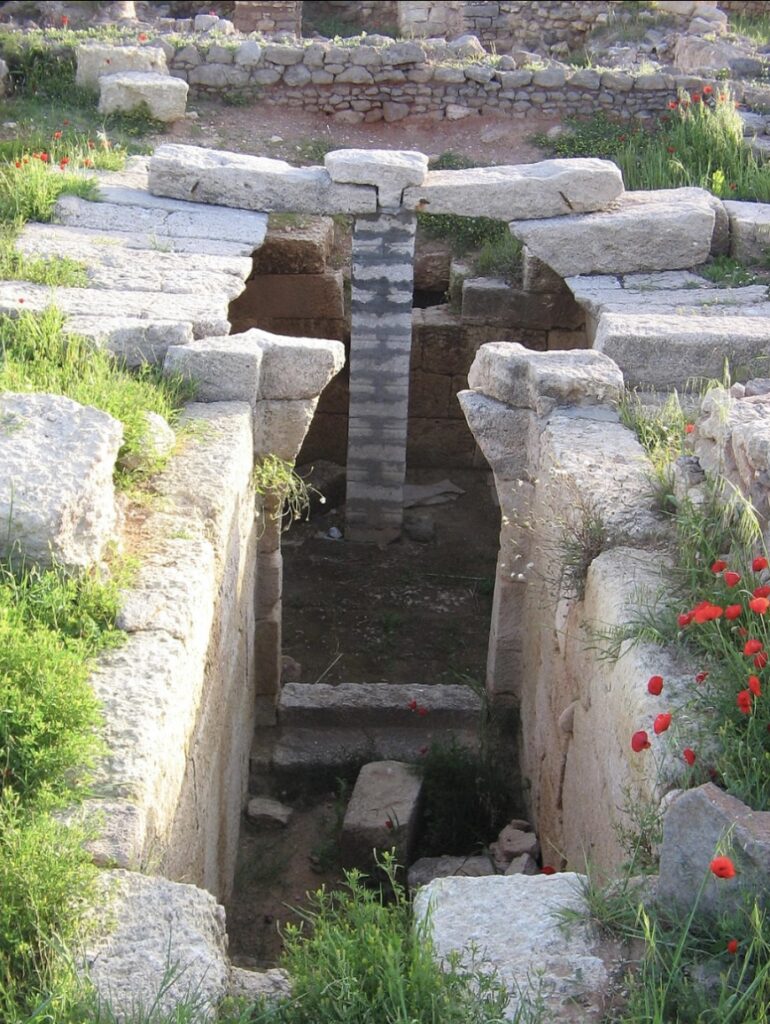
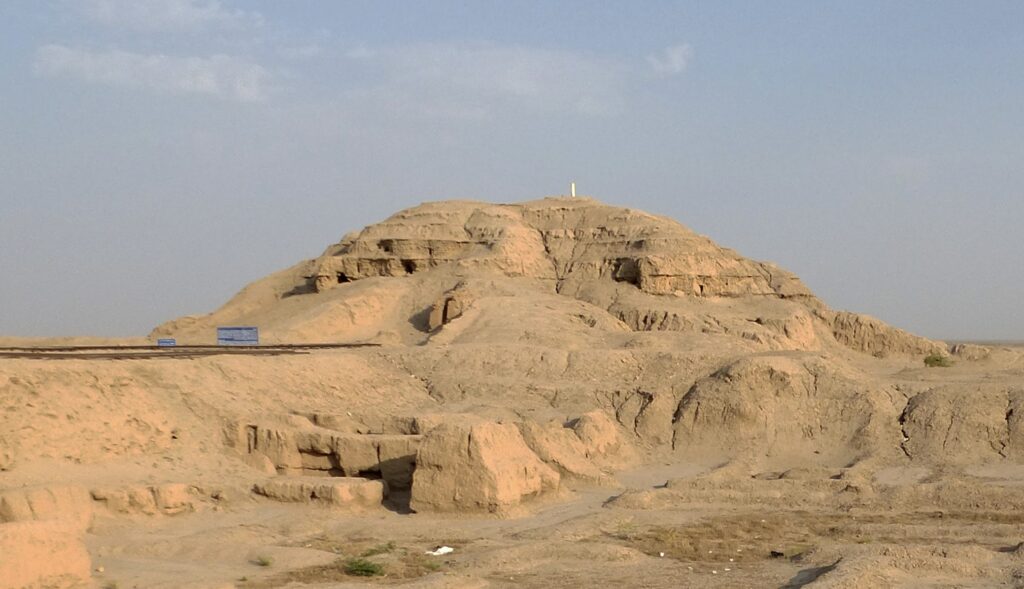
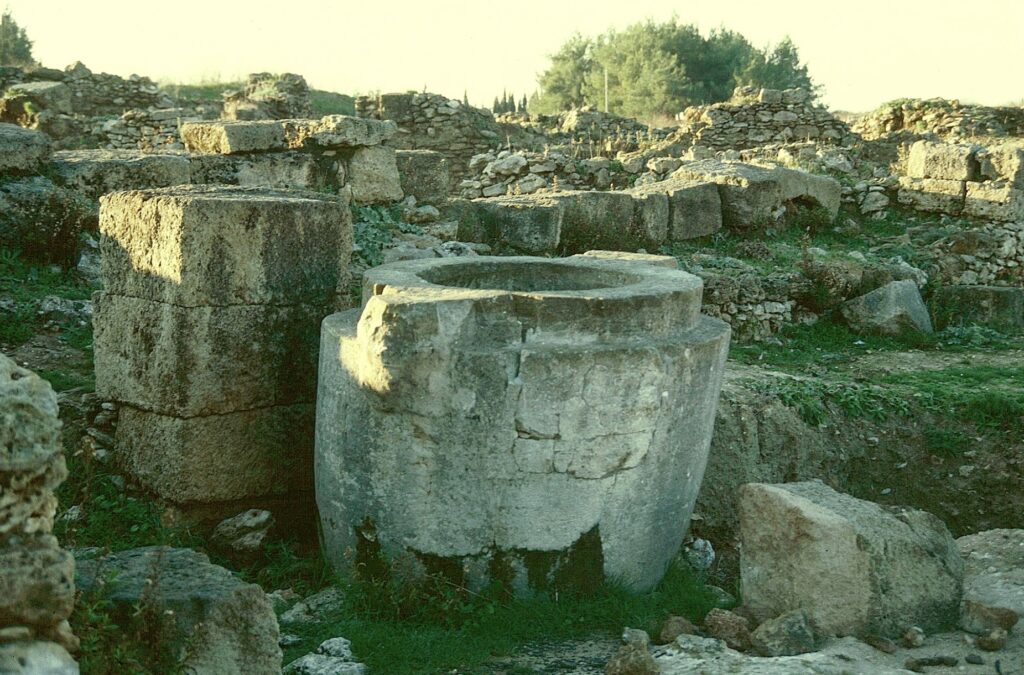
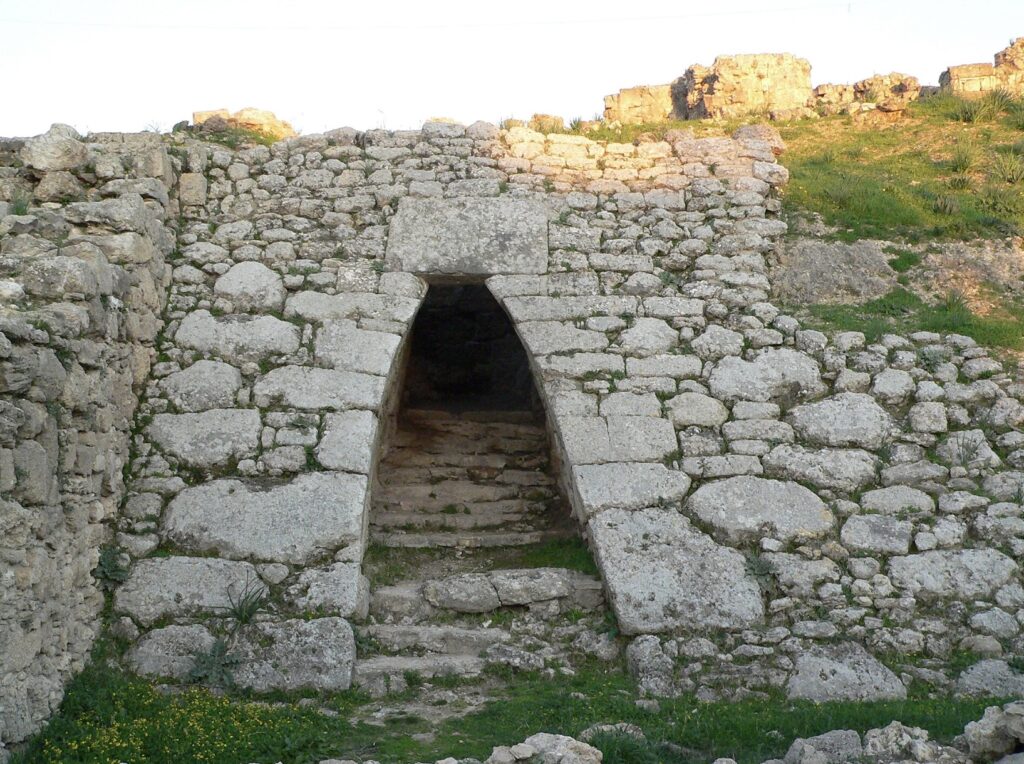
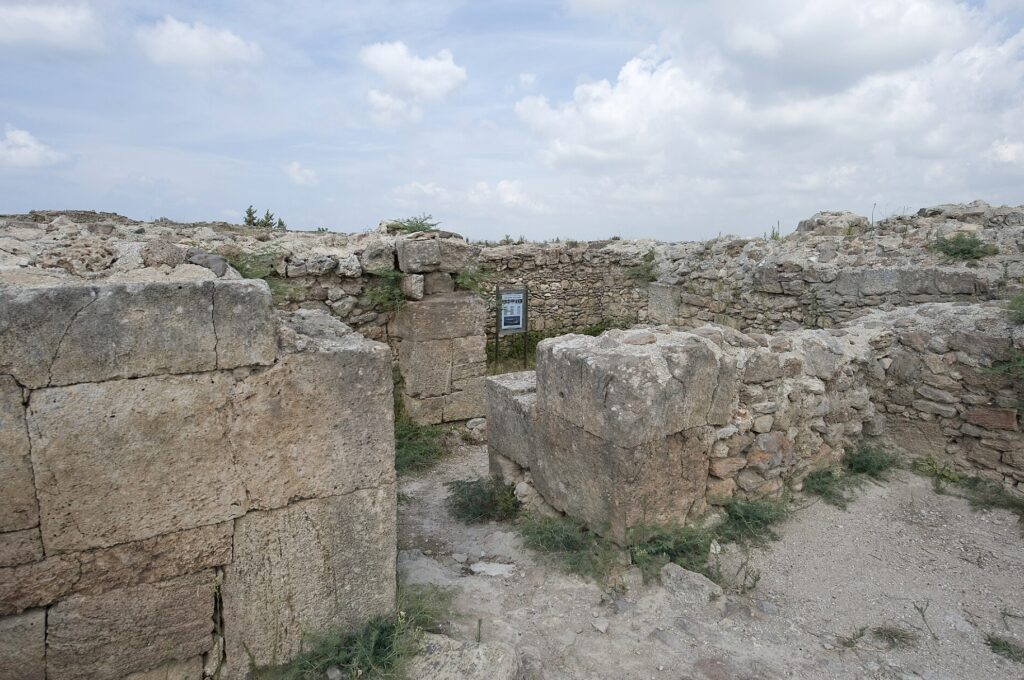
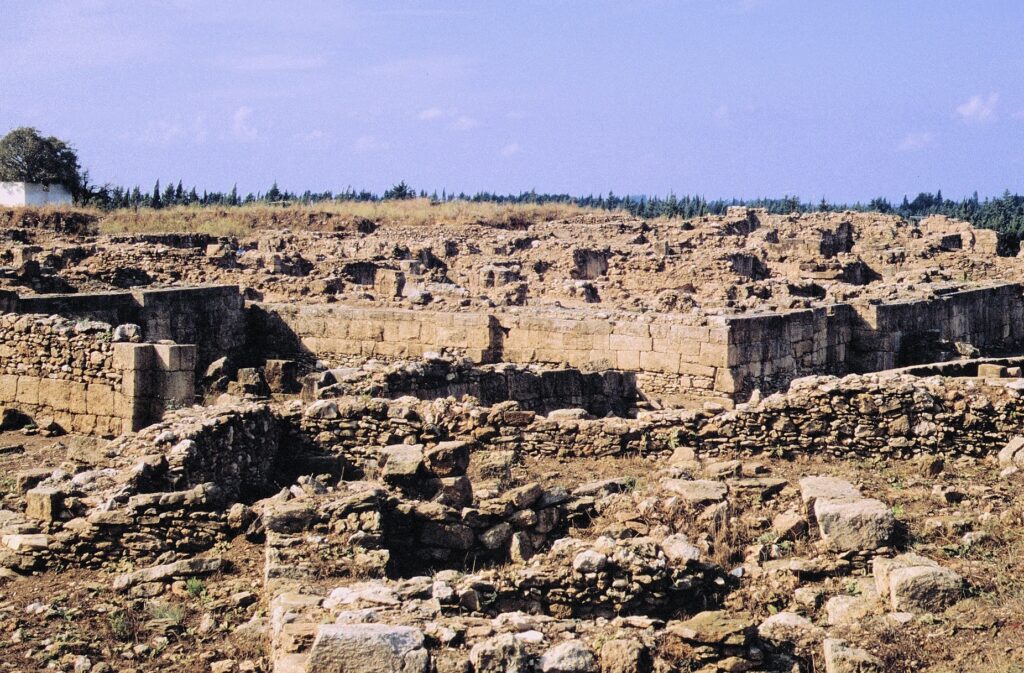
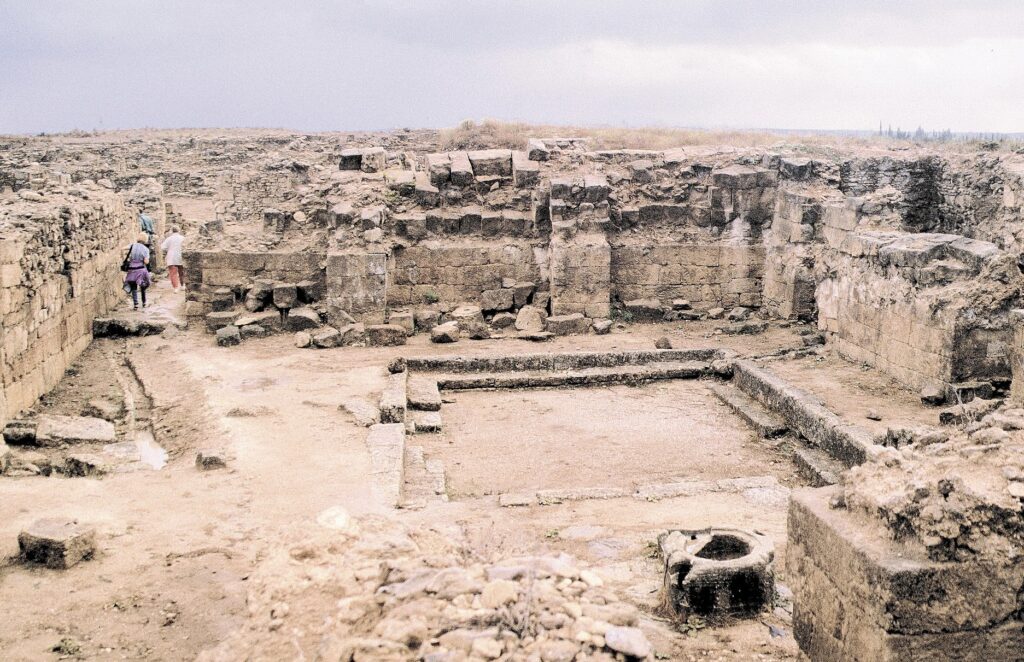
Ugarit is credited with several significant contributions to early human civilization, including advancements in music, timekeeping, and technology.
First Melody
One of the most remarkable discoveries from Ugarit is a series of clay tablets that contain what is considered to be the oldest known piece of written music. This ancient musical notation dates back to around 1400 BCE and is part of a hymn to the goddess Nikkal. The tablet contains instructions for tuning a lyre, along with a complete musical composition, showing that the people of Ugarit had a sophisticated understanding of music theory and notation.
The tablets containing the first written melodies, specifically the Hurrian songs, including the most complete one known as the “Hurrian Hymn No. 6,” were discovered in Ugarit (modern-day Ras Shamra, Syria). These tablets are currently housed in the National Museum of Damascus in Syria.
This museum holds many significant artifacts from ancient Syrian history, including these invaluable musical texts. The tablets are significant as they contain one of the earliest known examples of written music, providing insight into the musical practices and notation systems of ancient civilizations.
The melodies inscribed on the ancient tablets, particularly the “Hurrian Hymn No. 6,” have been interpreted and can be played. However, due to the incomplete and fragmentary nature of the notation, as well as the need to reconstruct the ancient musical scales and instruments, the exact sound of the original compositions remains uncertain.
Scholars have used the available cuneiform notation, which includes instructions for tuning a lyre, to create modern renditions of these ancient melodies. These interpretations vary, as they depend on assumptions about the tuning of the lyre, the scale used, and the rhythm, which are not explicitly detailed on the tablets.
Despite these challenges, several musicians and researchers have recreated versions of the “Hurrian Hymn No. 6” using reconstructed ancient instruments. While these performances are educated interpretations rather than definitive representations, they provide a fascinating glimpse into the musical culture of ancient Ugarit and the broader ancient Near East.
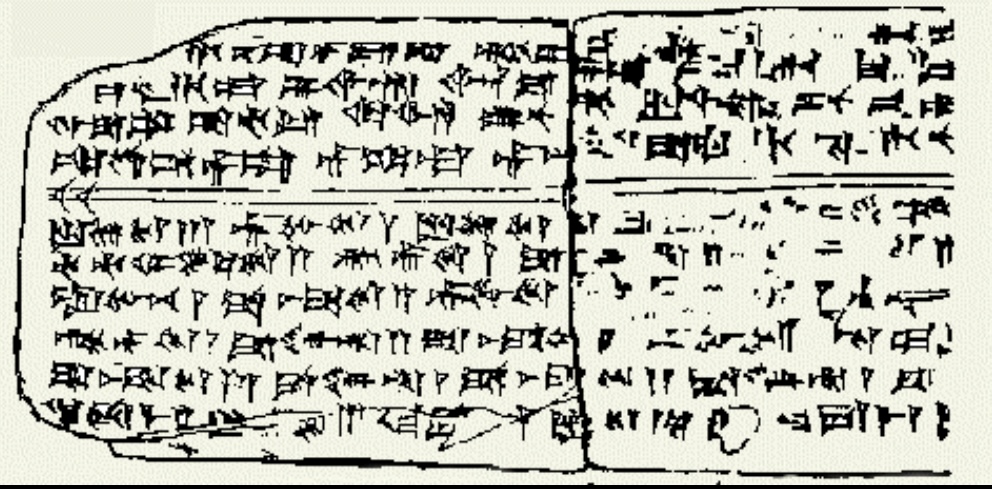
Sundial and Water Clock
While Ugarit is known for its numerous innovations, the precise attribution of the first sundial and water clock to Ugarit is more debatable:
- Sundial: The invention of the sundial is generally attributed to the ancient Egyptians and Mesopotamians. However, Ugarit, being a significant center of trade and cultural exchange, likely had access to and used these timekeeping devices. There is no direct evidence to suggest that Ugarit invented the sundial, but the city was undoubtedly part of the broader Near Eastern context where such innovations were shared and developed.
- Water Clock (Clepsydra): The water clock, or clepsydra, is another ancient timekeeping device that measures time by the regulated flow of liquid from or into a vessel. The earliest water clocks are believed to have been used in ancient Egypt and Mesopotamia. Similar to the sundial, Ugarit would have been familiar with these devices through cultural and trade exchanges, but there is no definitive evidence to credit Ugarit specifically with their invention.
Technological and Cultural Exchange
The significance of Ugarit lies in its role as a melting pot of ideas and technologies. The city was a hub where innovations from various civilizations could converge and be further developed. This cross-cultural exchange contributed to the advancements in music, writing, and timekeeping technologies that we associate with Ugarit today.
Conclusion
While Ugarit may not be the definitive birthplace of the sundial or water clock, its contributions to early music notation and its role in the diffusion of technological innovations are undeniable. The discoveries at Ugarit have provided invaluable insights into the complexity and richness of ancient Near Eastern cultures.
Artifacts from Ugarit are displayed in several prominent museums, both within Syria and internationally. Notable locations include:
In Syria
- National Museum of Damascus: The National Museum of Damascus houses many significant artifacts from Ugarit, including cuneiform tablets, statues, pottery, and other items that provide insights into the city’s history and culture.
- National Museum of Aleppo: This museum also holds a collection of artifacts from Ugarit, including important finds from the royal palace and temples.
- Latakia Museum: Located near the site of Ugarit, this museum has a collection of artifacts from the local excavations, showcasing the rich history of the ancient city.
Internationally
- Louvre Museum, Paris: The Louvre has a notable collection of Ugaritic artifacts, including cuneiform tablets, inscriptions, and various objects that were acquired during early excavations.
- British Museum, London: The British Museum holds a collection of artifacts from Ugarit, including some of the earliest examples of alphabetic writing.
- Pergamon Museum, Berlin: This museum also displays artifacts from Ugarit, particularly items that illustrate the city’s connections with other ancient civilizations.
These collections help preserve the legacy of Ugarit and provide opportunities for the public and scholars to study and appreciate its contributions to history and culture.
